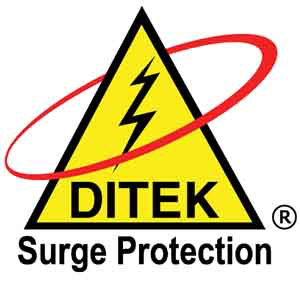
Emergency call boxes (ECBs) are a fixture in parking lots/garages and plaza areas as an integral component of a security plan for schools, airports, shopping centers and so on. The boxes are typically identified by emergency signs or flashing lights and most are activated by opening the door on the box and pushing a call button on the inside.
When a box is activated, security personnel is alerted to the caller?s exact location, and two-way communication via a speaker and microphone further enables security to quickly determine the individual?s situation and respond accordingly.
While ECBs may seem redundant in an age of cell phones, their presence is vital (and their use remains constant) because of the added layer of safety they provide. To further increase their effectiveness, many have been upgraded with video surveillance cameras, sirens and loudspeakers for broadcast of emergency messages.
More than anything however, the presence of an ECB is visual assurance that help is only a push button away. For this reason alone, it is critical that ECBs be protected from lightning strikes and other power surges with appropriate surge protection devices.
Imagine the the risk —and the recriminations— when almost an entire system of unprotected call boxes is rendered useless from a lightning strike, as happened on the campus of a large Georgia university. The damaged ECBs were covered with garbage bags, causing tremendous anger among visiting parents who had put their trust in the school?s comprehensive security to protect their children.
This is a situation no college or university should ever find themselves in – and one which can be avoided through the implementation of surge protection devices.
With shrinking budgets and hyper sensitivity to campus security, not protecting field systems with surge protection deserves a failing grade.
Source: diteksurgeprotection.com
